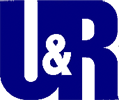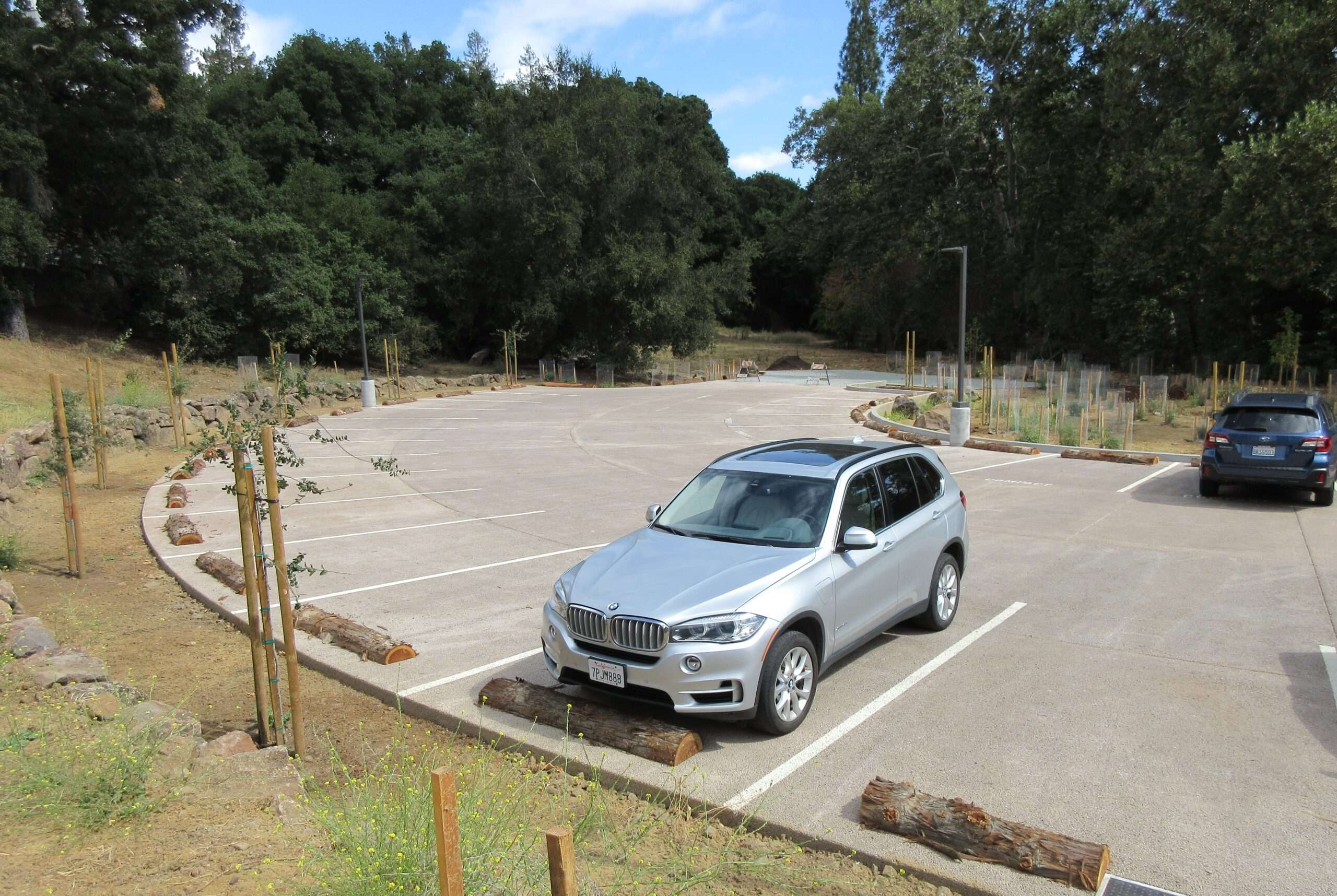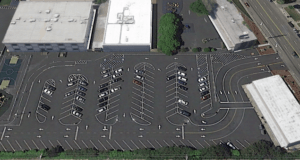Keeping up with code changes in an ever-evolving regulatory landscape is challenging. Not only does it impact civil engineering firms in various ways that site conditions need to be addressed, but also on the agencies as new and expanded regulations add a burden to their administrative and enforcement staff. In order for clients to move forward on a project with confidence it is imperative that they engage an experienced engineer that understands the issues, can effectively evaluate their site and can work collaboratively with architects and other designers to reach their goals.
While the California code cycle is updated every three years, embedded in those codes are several additional regulations and requirements that need to be monitored closely for updates. An example of this is the CA Green Code.

It has had recent significant code changes including those to parking lots. These code changes have included:
- Shading – 50% of parking lots need to be shaded with either trees or man-made canopies. This often involves engaging a landscape architect to design this environment.
- Electric Vehicle (EV) Charging Stations – this includes either establishing charging stations on site immediately or designing and constructing the infrastructure for future charging stations.
- Pervious Surface – depending on the size of the lot, a certain percentage of the paving may be required to be Pervious. This requirement often involves designing and installing a drainage system underneath the parking lot.
- Stormwater Treatment – This regulation may require that stormwater travel through a bioretention facility prior to entering the stormwater system. These regulations can be addressed in various ways and often need a decision from the property owner as to which system is preferable based on their goals. For instance, a gravity system is often more difficult to design, and a pump system is often more costly.

New regulations are imposed holistically for new development and construction. Often the new regulations also are more extreme after a client impacts 50% of the site. Due to these limitations, clients often desire to stay under the 50% threshold. U&R is relied upon to provide that information to our clients to keep them mindful of the site impacts for renovations and additions.
So, how does Underwood & Rosenblum not only stay on top of these rapidly changing regulations, and more importantly, serve as the best consultants possible to our clients? We take a proactive approach on several fronts:
- We attend training offered by professional organizations to understand new regulations and how they may impact our projects.
- We listen to case studies to understand potential solutions for projects.
- We hold weekly internal meetings to discuss and share new information with the wider firm. A successful component of these meetings involves a technical staff member giving a brief presentation on a new regulation and how it can be integrated into any current projects.
- We advocate collaborating early with designers and other non-engineers to develop workable solutions to project challenges to ensure they are buildable and that all professionals understand the issues.
We strive to not only understand regulations, but also the WHY. Only by understanding the bigger question can we provide a better solution. If the “Why” is not clear, Frank Rosenblum will approach the permitting agency directly to gain a better understanding of the background and the goals of the regulation and then provide that information to the staff.
Additionally, having both civil engineering and surveying under one roof provides an opportunity to strengthen the information that we can provide to our technical staff and clients. We know when we are on the project site what to look for and to gather the correct data to inform our engineers to site conditions, opportunities and challenges. By being one entity, we communicate seamlessly and effectively to look at a project from two lenses simultaneously.
In the end, civil engineers at Underwood & Rosenblum need to understand the issue, understand why the regulation is being imposed, and develop workable solutions to meet the new criteria. Frank states “We at U&R need to marry the project goals, the regulations, and what the client is willing to pay for. That is our real-world challenge. U&R is up to the task and will do everything possible to remain ahead of the regulatory curve.”
To discuss your next project and the potential regulatory impacts, please reach out to Frank Rosenblum at Underwood & Rosenblum at (408) 453-1222.




